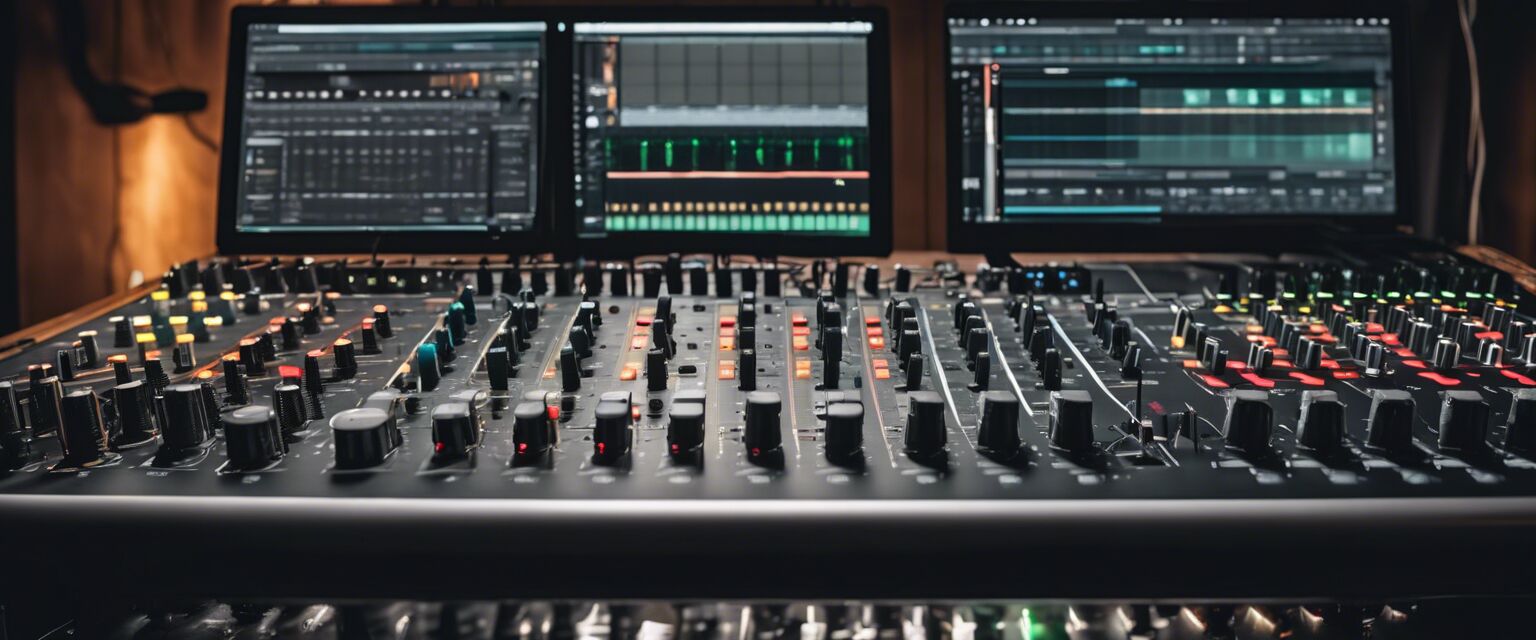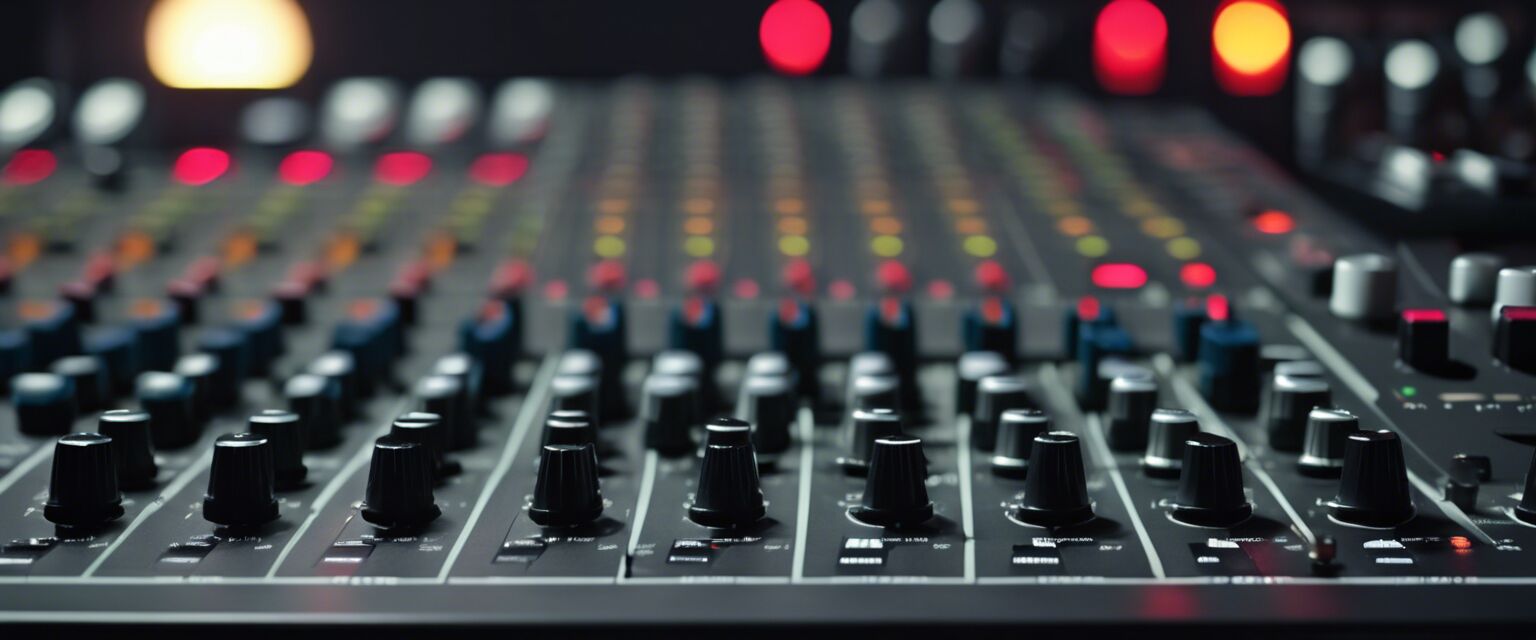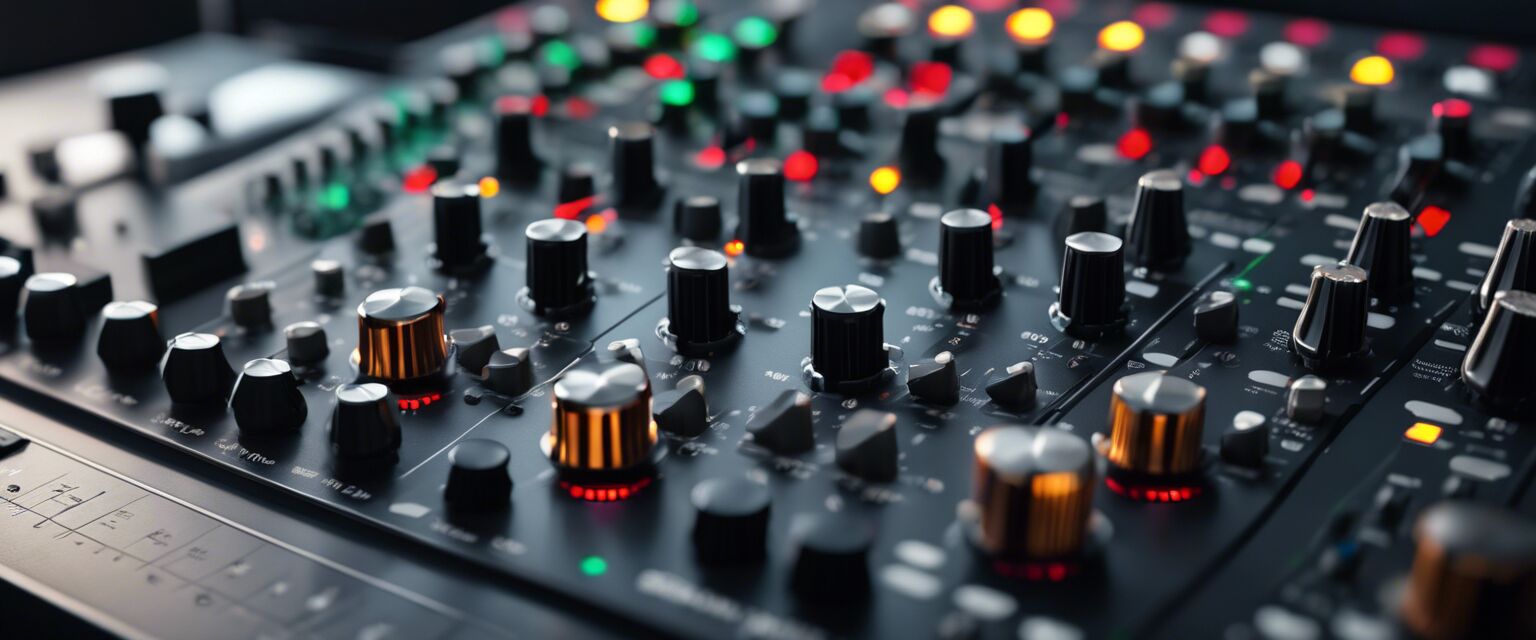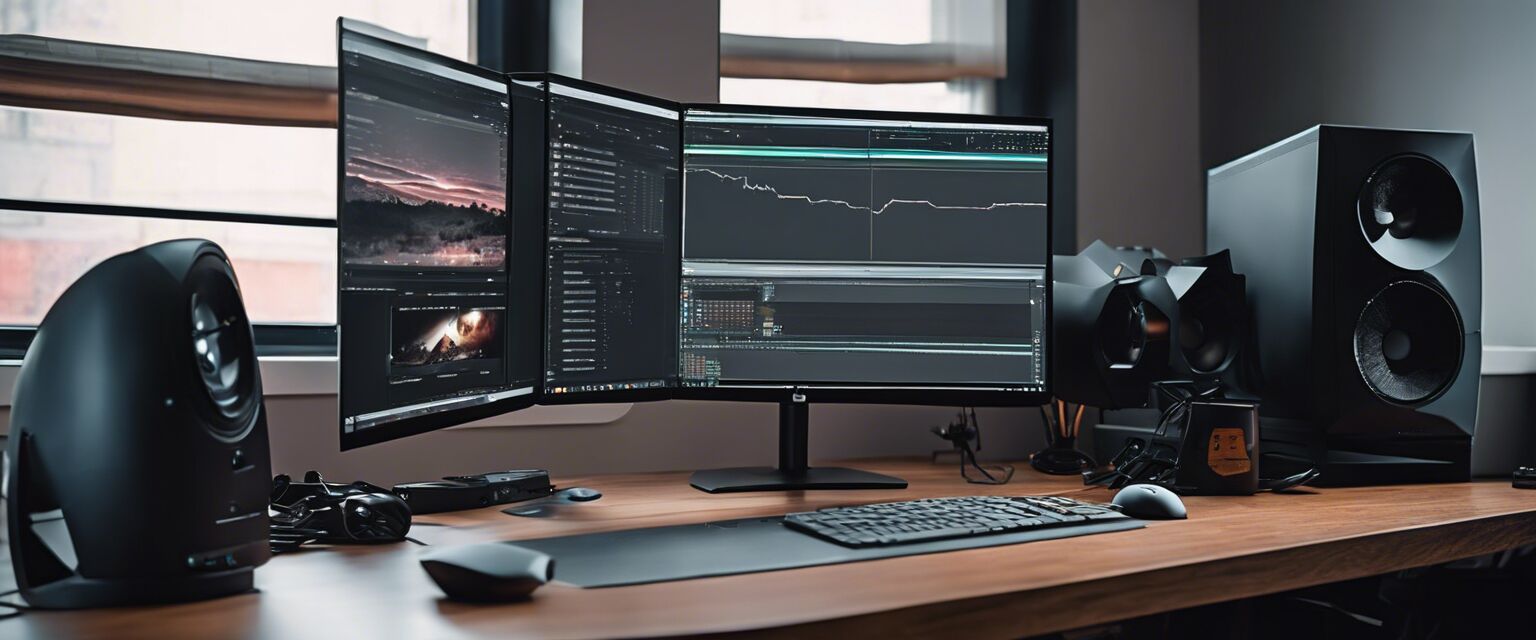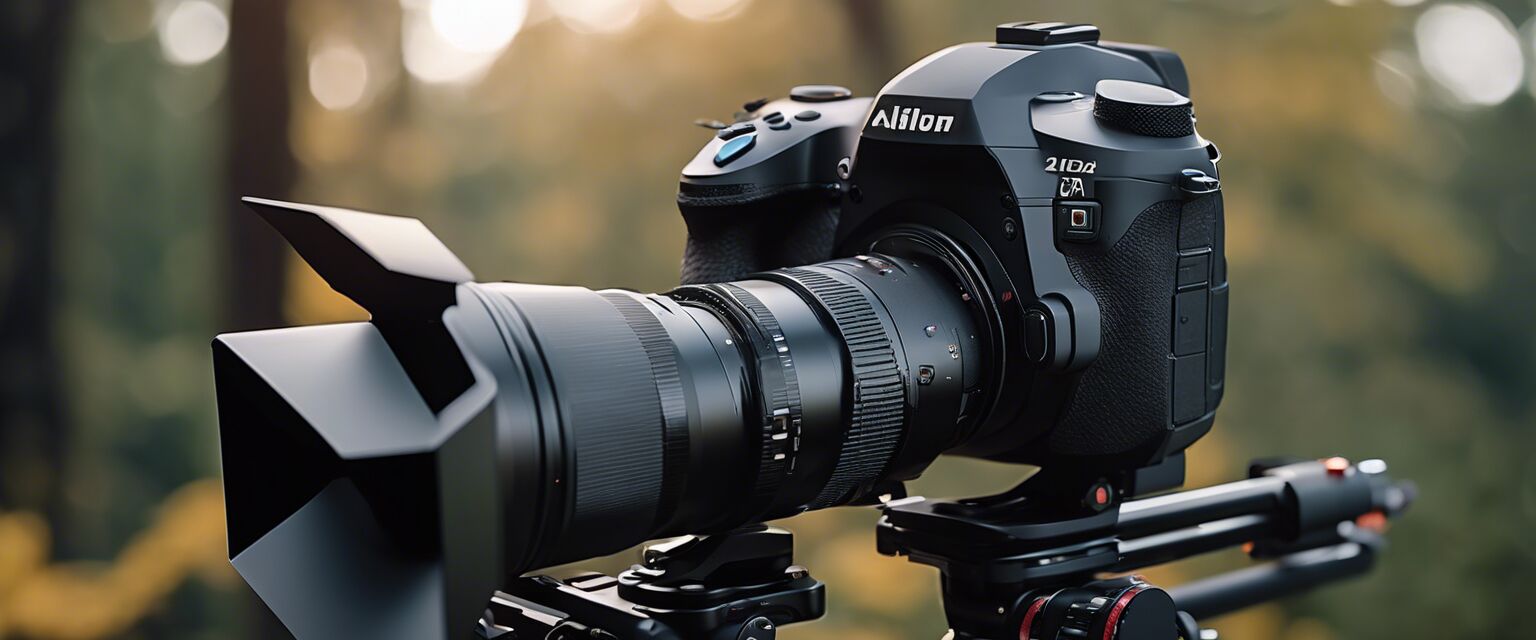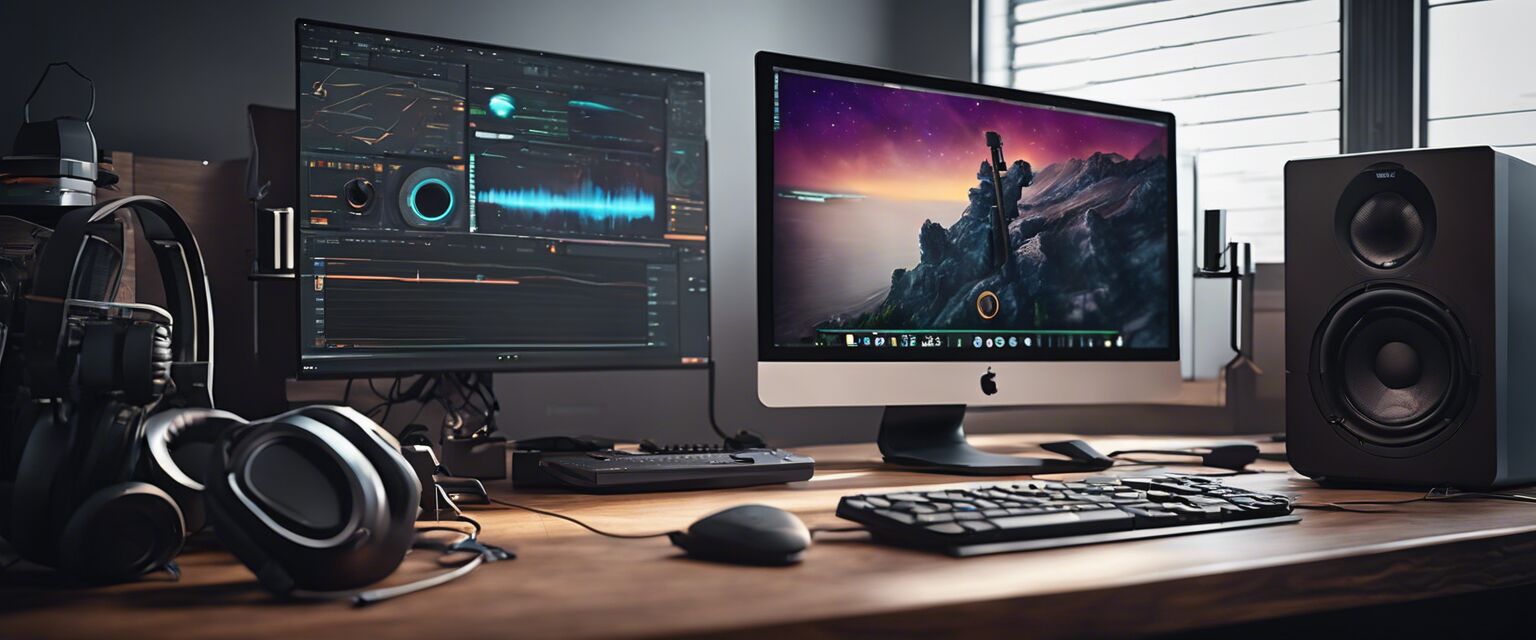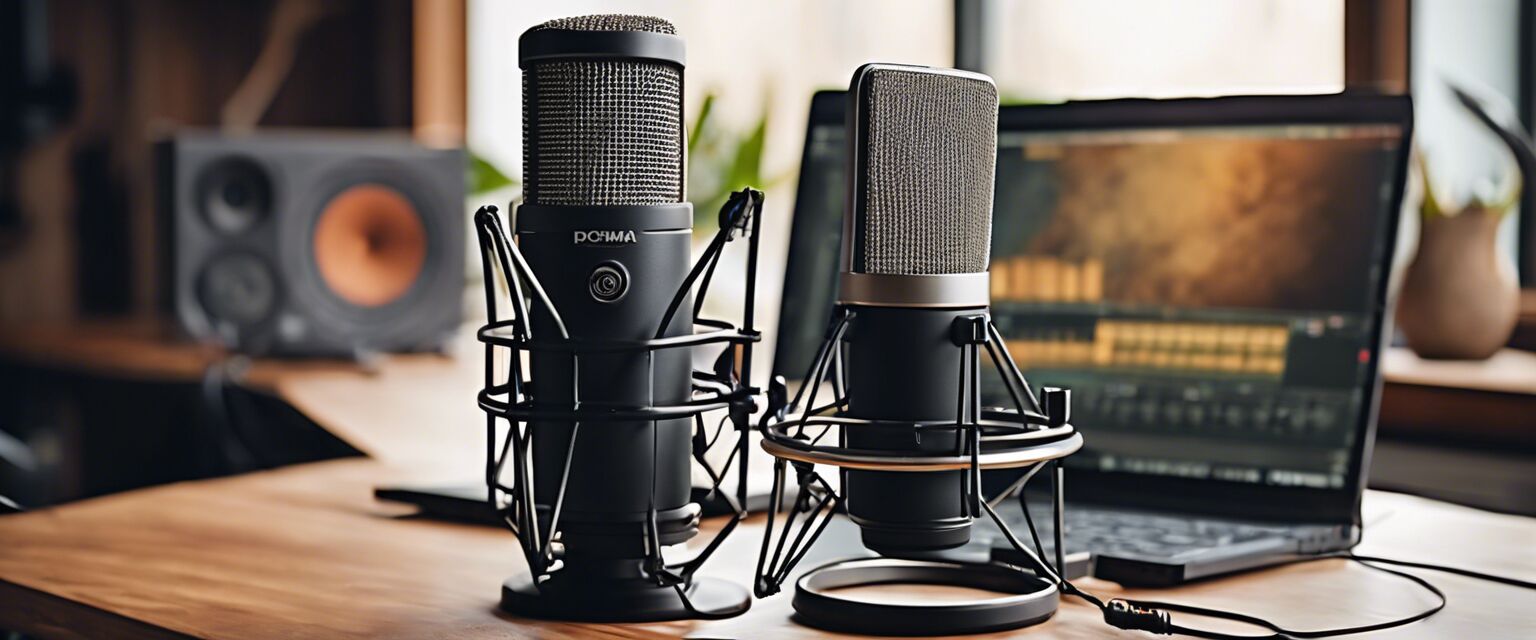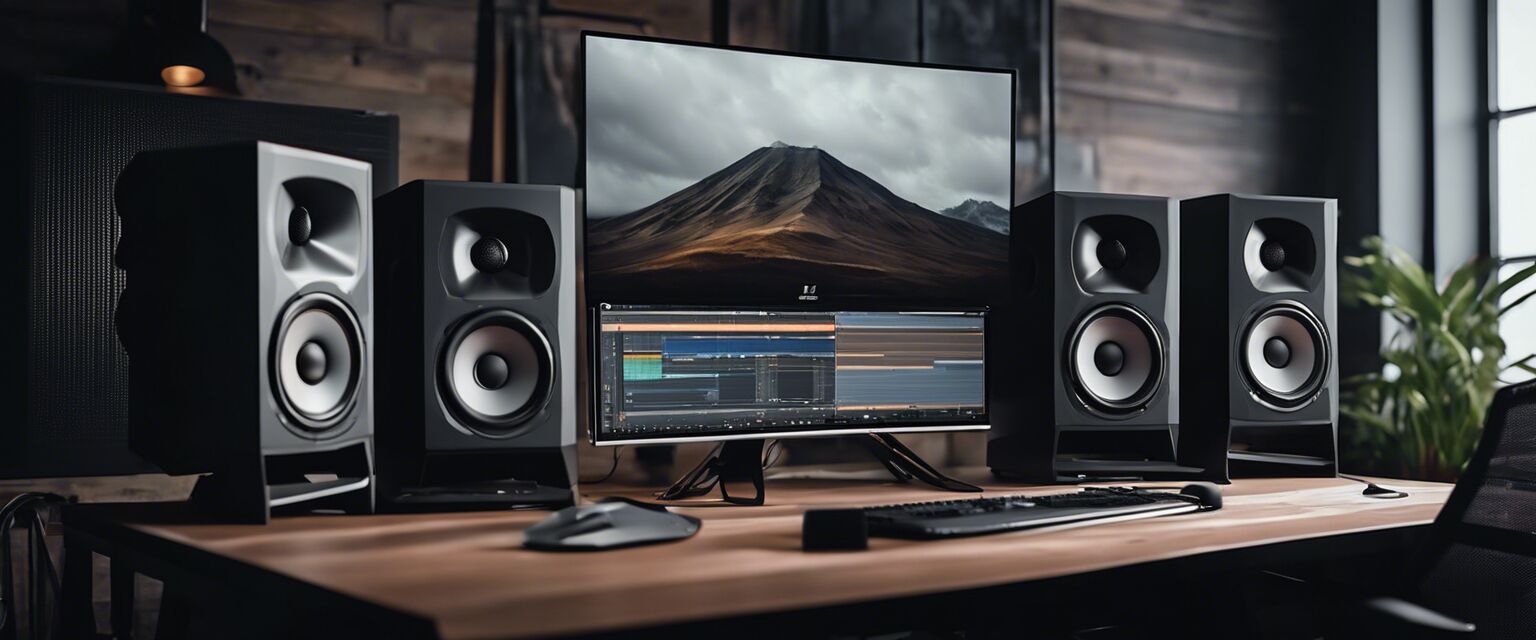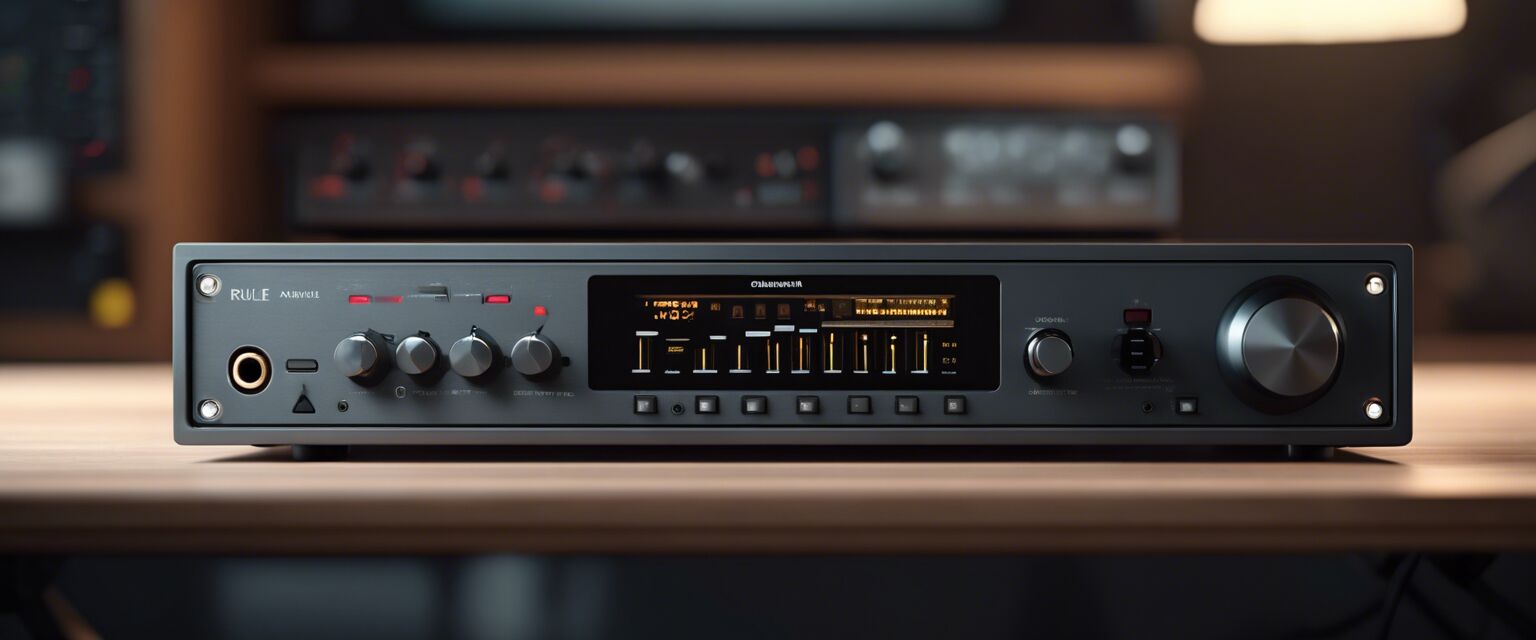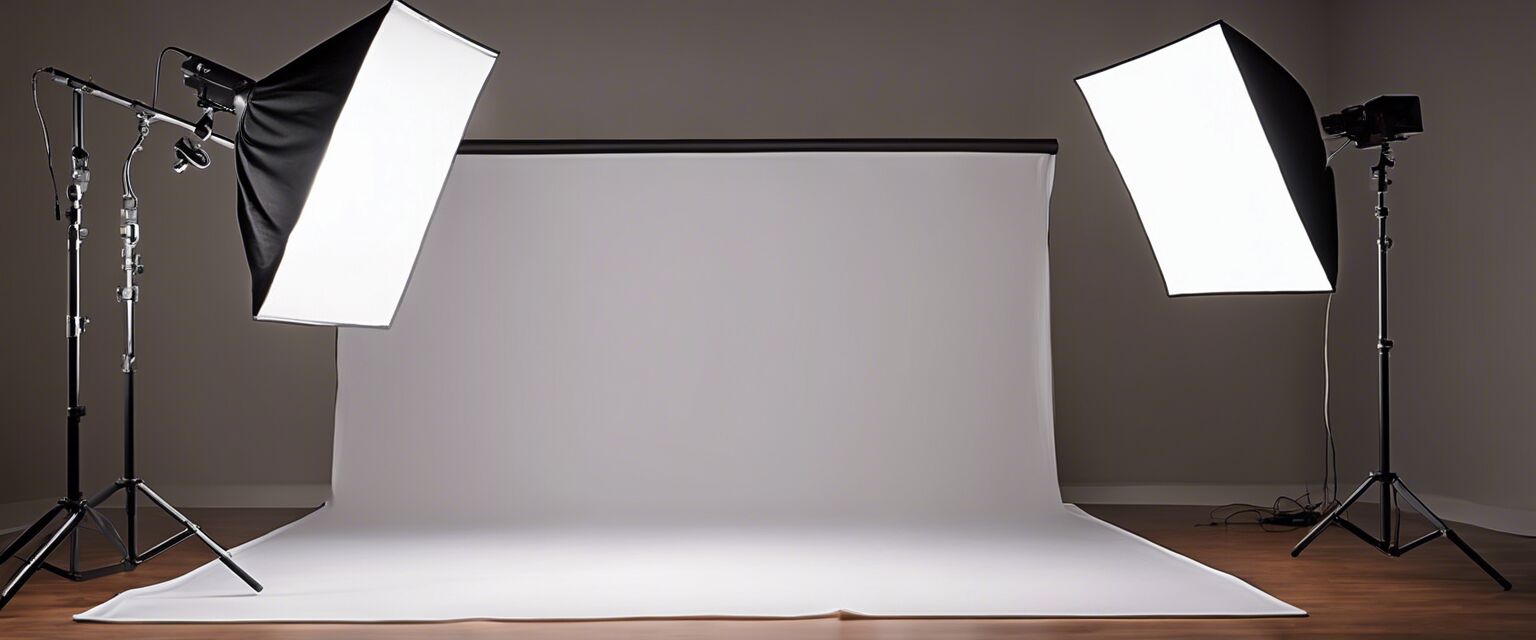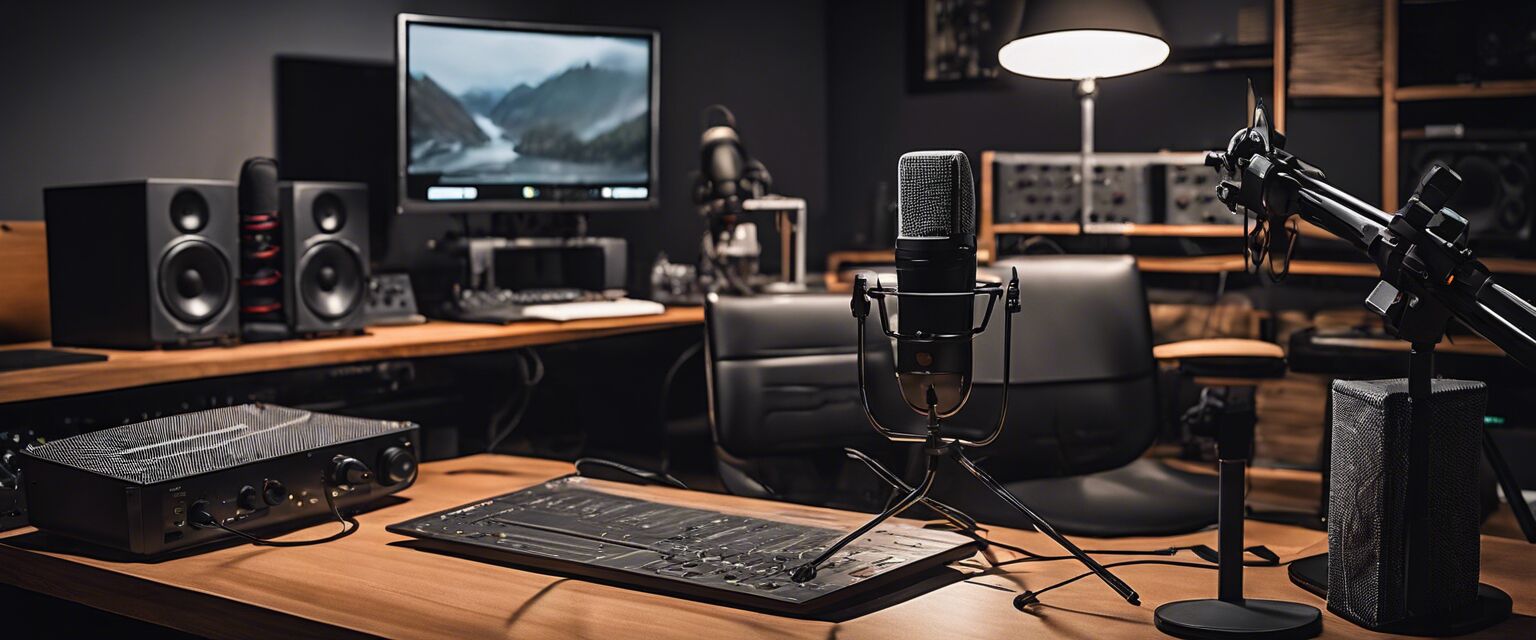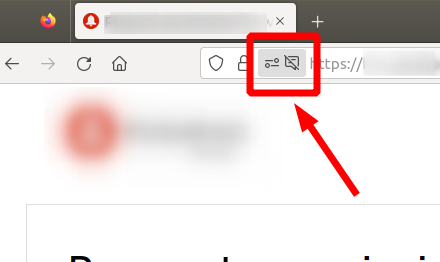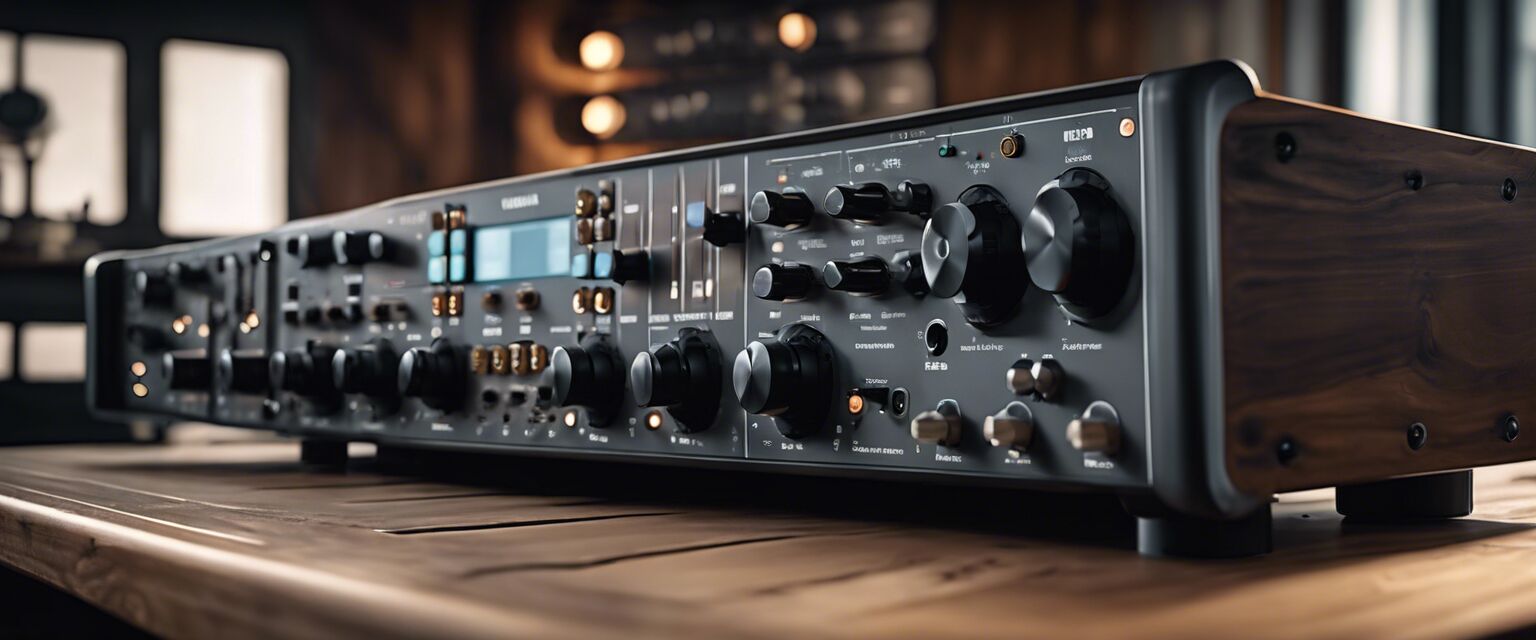
Audio Mixers and Controllers
Welcome to our comprehensive guide on audio mixers and controllers! In this article, we will explore the best options available on the market and how they can enhance your audio management and live streaming experience.
Key Takeaways
- Audio mixers and controllers are essential for achieving high-quality sound in live streaming and recordings.
- Understanding the features, specifications, and types can help you make an informed decision.
- We will provide comparisons and reviews of top products to help you choose the right gear.
What are audio mixers and controllers?
Audio mixers and controllers are electronic devices used to manage and manipulate audio signals. They allow you to adjust volume levels, balance, and effects, enabling a polished sound for live events and recordings. These devices come in various forms, catering to different needs and preferences.
Types of audio mixers
| Type | Description |
|---|---|
| Analog Mixers | Traditional mixers with physical knobs and faders, providing a tactile feel. |
| Digital Mixers | Mixers that offer advanced features and flexibility through digital interfaces. |
| USB Mixers | Mixers designed for easy connectivity to computers, ideal for home studios. |
Key features to consider
- Channel Count: More channels allow for multiple audio inputs.
- Built-in Effects: Some mixers come with effects like reverb and delay.
- Connectivity Options: Look for USB, XLR, and TRS inputs.
- Portability: If you plan to travel, consider a lightweight model.
Comparison of top audio mixers
| Model | Type | Channels | Effects | Price Range |
|---|---|---|---|---|
| Mixer A | Analog | 8 | Reverb, EQ | $150 - $200 |
| Mixer B | Digital | 16 | Multiple FX | $400 - $600 |
| Mixer C | USB | 4 | None | $100 - $150 |
How to choose the right audio mixer
Choosing the right audio mixer depends on your specific needs:
- Assess the number of audio inputs you require.
- Decide whether you prefer analog or digital for your workflow.
- Consider any built-in effects that could enhance your audio quality.
- Evaluate your budget to find a mixer that fits your financial plan.
Popular brands to consider
There are several reputable brands known for their quality audio mixers and controllers:
Setting up your audio mixer
Once you have chosen your audio mixer, follow these steps for setup:
- Connect all audio sources to the appropriate channels.
- Adjust the gain levels for optimal audio input.
- Pan the channels for a balanced stereo sound.
- Apply any effects as desired and test the output.
Common issues and troubleshooting
Here are some common issues you might encounter with audio mixers and how to troubleshoot them:
| Issue | Solution |
|---|---|
| No sound output | Check connections and ensure the mixer is powered on. |
| Distorted audio | Lower the gain levels and check for any faulty cables. |
| Feedback | Adjust microphone positioning and reduce volume levels. |
Conclusion
Audio mixers and controllers are essential tools for anyone involved in live streaming or audio production. By understanding their features and how to choose the right one, you can greatly enhance your audio quality and overall performance.
Tips for beginners
- Start with a basic mixer to understand the fundamentals.
- Practice mixing different audio sources to develop your skills.
- Watch tutorials and read guides to learn about advanced features.
Pros
- Improves audio quality significantly.
- Offers flexibility in audio management.
- Can enhance live performance experiences.
Cons
- Can be complex for beginners.
- Some mixers can be expensive.
- Requires additional equipment for optimal use.
